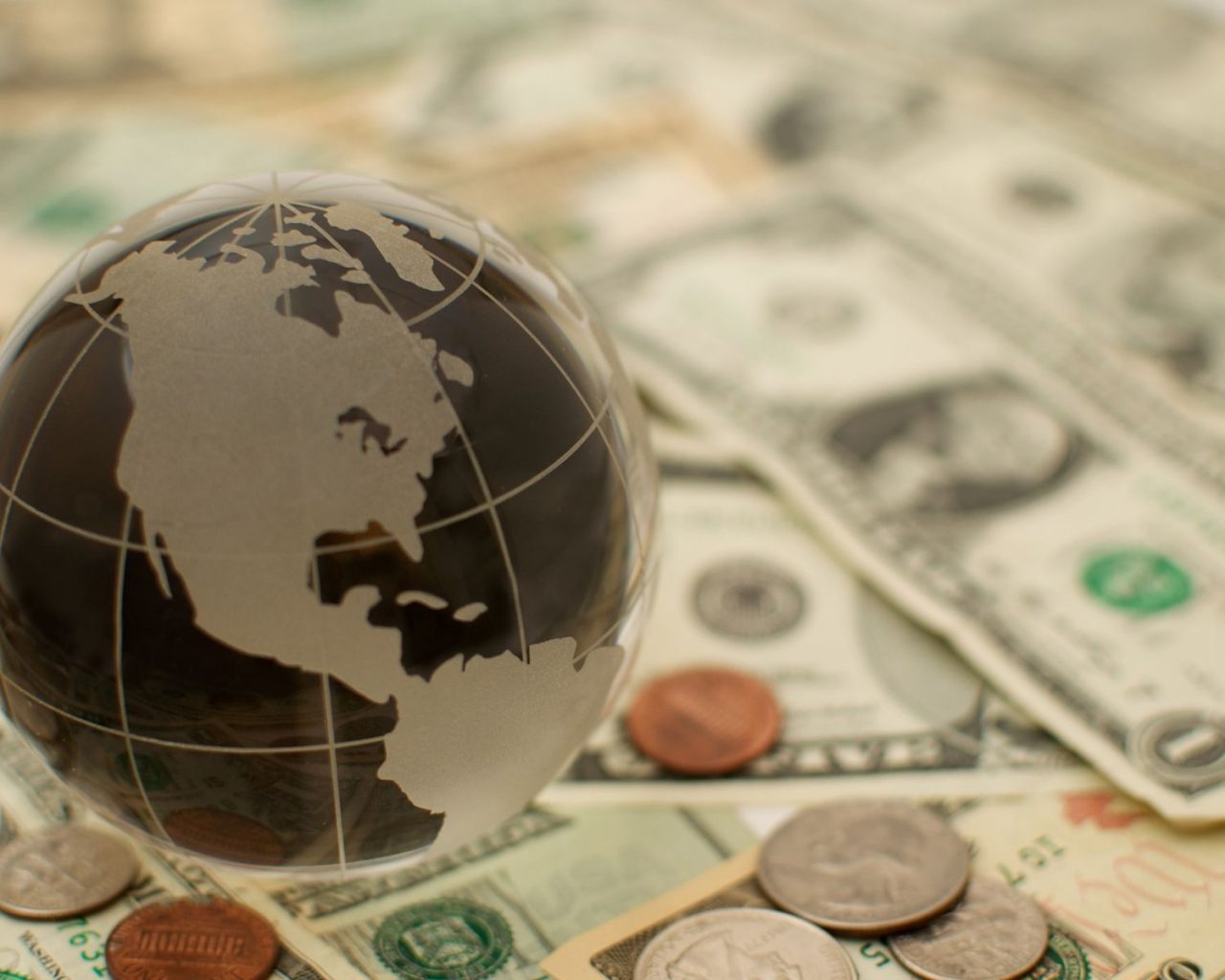Blue Economy, the sixth dimension of the vision for ‘New India by 2030’, can help the country rewrite its growth story post-pandemic. A sunrise sector, it is centered around oceans for economic activities, ranging from shipping, offshore oil and gas, and fishing to tourism.
This economic philosophy was first introduced by Prof Gunter Paul in his book, “The Blue Economy: 100 years, 100 innovations, 100 million jobs’. However, in 2010, the concept was strongly advocated by Small Island Developing States (SIDS) in 2012 with an emphasis on the integration of development of ocean economy with social inclusion, environmental sustainability combined with an innovative business model.
India has since reoriented itself while looking at an ecosystem driven harnessing of oceanic resources, considering the country’s long coastline of 7,517 kilometres, stretching across nine states and two Union Territories, and an Exclusive Economic Zone (EEZ) of 2 million square kilometres rich with crucial resources like crude oil and natural gas. It also has 199 ports, including some of the largest in the world that can handle an enormous amount of cargo.
The Significance
Oceans cover three-quarters of the Earth’s surface, contain 97 per cent of the Earth’s water and represent 99 per cent of the living area on the planet. Oceans also protect biodiversity, keep the planet cool and absorb 30 per cent of global emissions.
At least 3-5 per cent of global GDP is derived from oceans at present.
Blue Economy, through sustainable use of oceans, has great potential for boosting economic growth by providing opportunities for income generation and jobs.
It can support food security, and diversification to address new resources for energy, new life-saving drugs valuable chemicals, protein food, deep-sea minerals, security etc.
With respect to India, Blue Economy provides it with an unprecedented opportunity to meet its national socio-economic objectives while focusing on livelihood generation, achieving energy security, building ecological resilience and improving health and living standard of over 4 million fishermen folks and coastal communities. Other emerging industries such as aquaculture, marine biotechnology, and sea-bed mining also have the potential to create jobs and spur economic growth.
These vast maritime interests show how vital the Blue Economy is to the nation’s economic growth.
In fact, it could well be the next force multiplier of GDP and well-being, provided the focus is on sustainability and socio-economic welfare, with the marine services sector as its backbone, accelerating India’s projection for becoming a USD 5 trillion economy by 2027.
This vision saw the Ministry of Earth Sciences (MoES) rolling out the draft blue economy policy in February 2021, to tap into the immense possibilities in its abundant oceanic resources yet to be fully harnessed. Economic activities dependent on marine resources – fisheries, deep-sea mining, and offshore oil and gas – currently comprise 4.1 per cent of India’s economy.
Important Elements of the draft Blue Ocean Economy Policy
- National accounting framework for the blue economy and ocean governance
- Coastal marine spatial planning and tourism
- Marine fisheries, aquaculture and fish processing
- Manufacturing, emerging industries, trade, technology, services, and skill development
- Logistics, infrastructure and shipping, including transshipment
- Coastal and deep-sea mining and offshore energy
- Security, strategic dimensions, and international engagement
Blue Economy has gained wide currency with Australia, Brazil, the United Kingdom, the United States, Russia, and Norway witnessing measurable outcomes with dedicated national ocean policies. Canada and Australia have also enacted legislation and established institutions at federal and state levels to ensure progress and monitoring of their blue economy targets.
Fact File
According to the Action Group on Sustainable Blue Economy, the worldwide ocean economy is valued at around USD 1.5 trillion per year, making it the seventh-largest economy in the world. It is set to double by 2030 to USD 3 trillion. The total value of ocean assets (natural capital) has been estimated at USD 24 trillion.
It is now India’s turn to harness its vast ocean resources that have the potential to give fresh momentum to India’s growth story in the post-pandemic times, by combing together policies and action.
The government’s flagship Sagarmala Programme is already contributing to the comprehensive development of the country’s maritime trade and providing a boost to economic growth. A strategic initiative, it is aimed at port modernisation, connectivity, industrialisation, community development, coastal shipping and inland waterways development with a focus on logistic cost reduction and EXIM competitiveness.
The Coastal Economic Zones under the Sagaramala is a microcosm of the Blue Economy, wherein industries and townships that depend on the sea would contribute to global trade. Now, a plan to carry out ‘holistic development of coastal districts’ with 567 projects worth Rs 58,700 crore has been added to the programme to bridge the gaps in infrastructure in the coastal areas and improve economic opportunity. Sagarmala’s investment target has also been raised by Rs 1 trillion to Rs 6.5 trillion and the project pipeline doubled.
The Headway
During the second India-Nordic Summit in Denmark’s capital Copenhagen on May 4, the Indian PM invited Nordic companies for investing in the Blue Economy sector, especially in India’s Sagarmala project.
PM Modi, Prime Minister Mette Frederiksen of Denmark, Prime Minister Katrín Jakobsdóttir of Iceland, Prime Minister Jonas Gahr Støre of Norway, Prime Minister Magdalena Andersson of Sweden and Prime Minister Sanna Marin of Finland also agreed that the Blue Economy can deliver economic growth, new jobs, improved nutrition, and increased food security if managed sustainably, a joint statement issued after the summit said.
The draft National Fisheries Policy 2020 also encompasses elements of ‘Blue Growth Initiative’ and talks about making efforts toward ‘mainstreaming biodiversity conservation’ for better fisheries management, conservation of threatened species and artificial reef restoration measures.
India is also forging ties with other nations to achieve sustainable development and assure food security, livelihoods and economies based on marine resources. It has resolved to boost maritime cooperation, cooperation in fisheries and aquaculture, research and science and marine pollution initiative with Norway.
In February, India and France committed to making Blue Economy a priority by adopting a roadmap on ocean governance to enhance partnership for the exploitation and preservation of marine resources through economic, infrastructure and scientific cooperation.
This assumes significance with Indian Ocean Rim at the threshold of a significant economic turnaround, having been described as ‘a maritime region on the rise’. It is a major conduit of trade with 80 per cent of global oil trade happening through it.
The task cut out for India is balancing economic benefits with sustainability, besides creating a knowledge hub for marine research and development. It has to look at oceans as a global stage for continued economic, social and cultural dialogue.
It seems, there is sea of opportunities.


